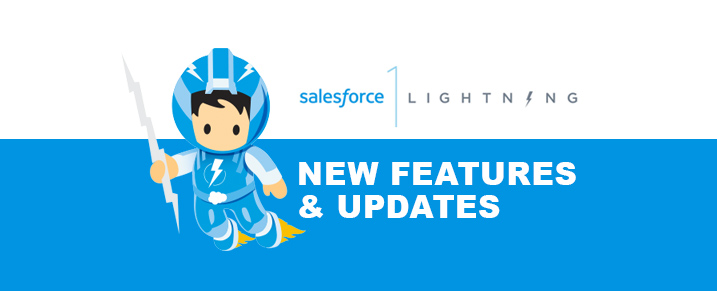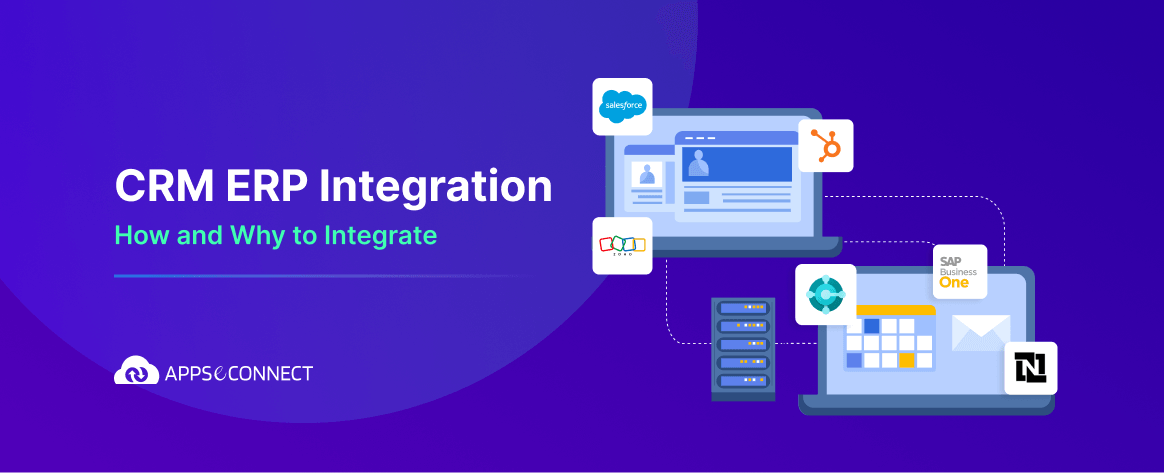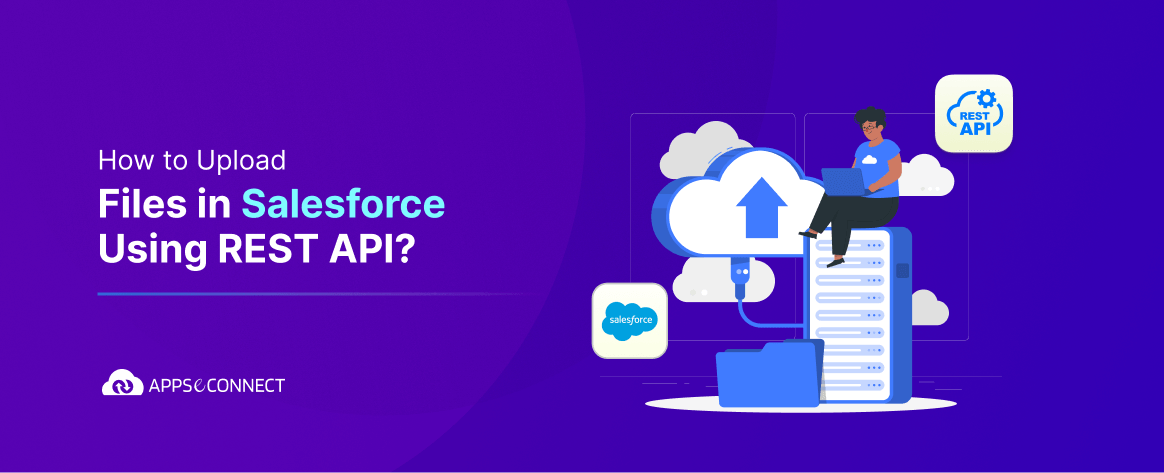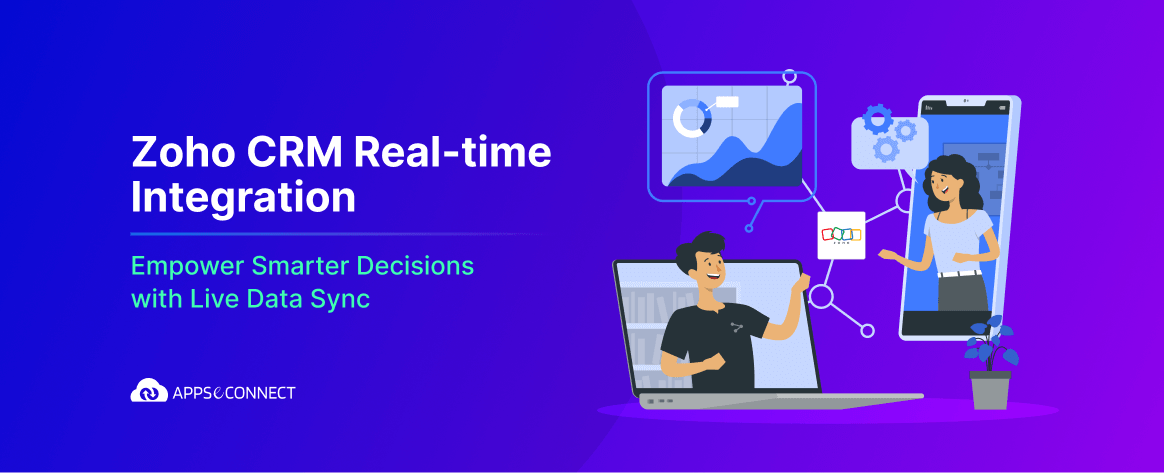
Born and bred on the cloud, headquartered in San Francisco, Salesforce as we know is almost an undisputed leader in Customer relationship management (CRM). Few days back Salesforce had announced the release of a new version of its Salesforce Lightning tool with a completely new interface under the tag name of “Winter 17 Release”. Salesforce have added quite a number of new features in this new version.
Built on the Salesforce App Cloud, the new Lightning Experience platform combines the new Lightning Design System, Lightning App Builder and Lightning Components to enable anyone to quickly and easily create modern enterprise apps with simple drag and drop feature of the Lightning App Builder.
Salesforce also made an announcement that it plans to allocate USD 50 million fund to support individuals and Organizations building and developing enterprise apps and components using Salesforce Lightning Platform. The company has also announced that by year-end it plans to open a Bay Area incubator to provide office space and assistance to such individuals and Organizations.
This Salesforce UX tool named Lightning, which has been around for a couple of years now, is the core of a few announcements and releases this year. Last year at Dreamforce, the Lightning framework added some community templates to help improve the Community Cloud UX. This year those template concept was extended and grouped in a product called “Lightning Bolt Framework”. This new Framework will enable Salesforce ISV partners to build “Bolt solutions” for enterprises that have business logic and workflow built in it. Not only that, in order to further support and promote the enterprise apps developed by these Salesforce ISV Partners using the “Lightning Bolt Framework” known as “Bolt solutions”, Salesforce has also announced a dedicated separate segment on its APP Exchange which will be known as “Lightning Bolt section”.
Among the many new features of released for Salesforce Lightning, the main three features which could be the highlight are as following:
1. Locker Service: This unique feature will ensure that components which have been assembled to form an app do not share data with each other until and unless the developer authorizes them explicitly to do so. When components come from a variety of sources — such as home-made, some from third parties — this kind of protection is extremely important for the purpose of data security.
2. Inspector: This new feature acts as a plugin for the Chrome browser, which allows performance-testing and debugging an app before it’s released.
3. CLI: This is a plug-in that will allow code review from the command line preferred by many expert coders. All in all, this is a massive release for Salesforce which will further solidify their position in the CRM industry.
If you would like to integrate your Salesforce CRM with your ERP then don’t think twice. Just Click Here and enjoy the best of services at a reasonable price.

You may also like:
Salesforce – Year end Review 2015
How to Create a Workflow in Salesforce
Getting started with Salesforce 1



















